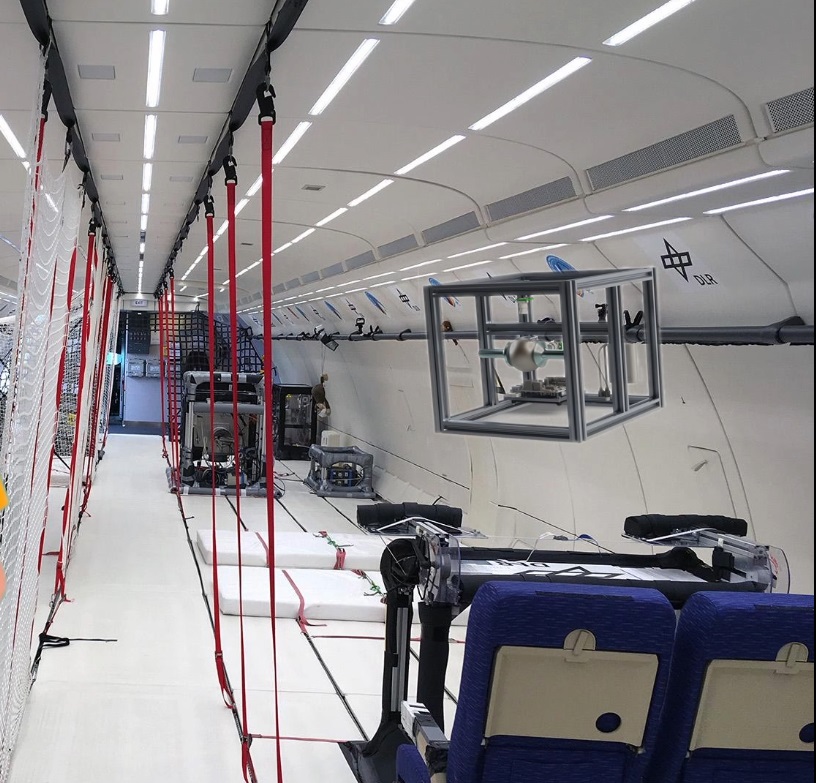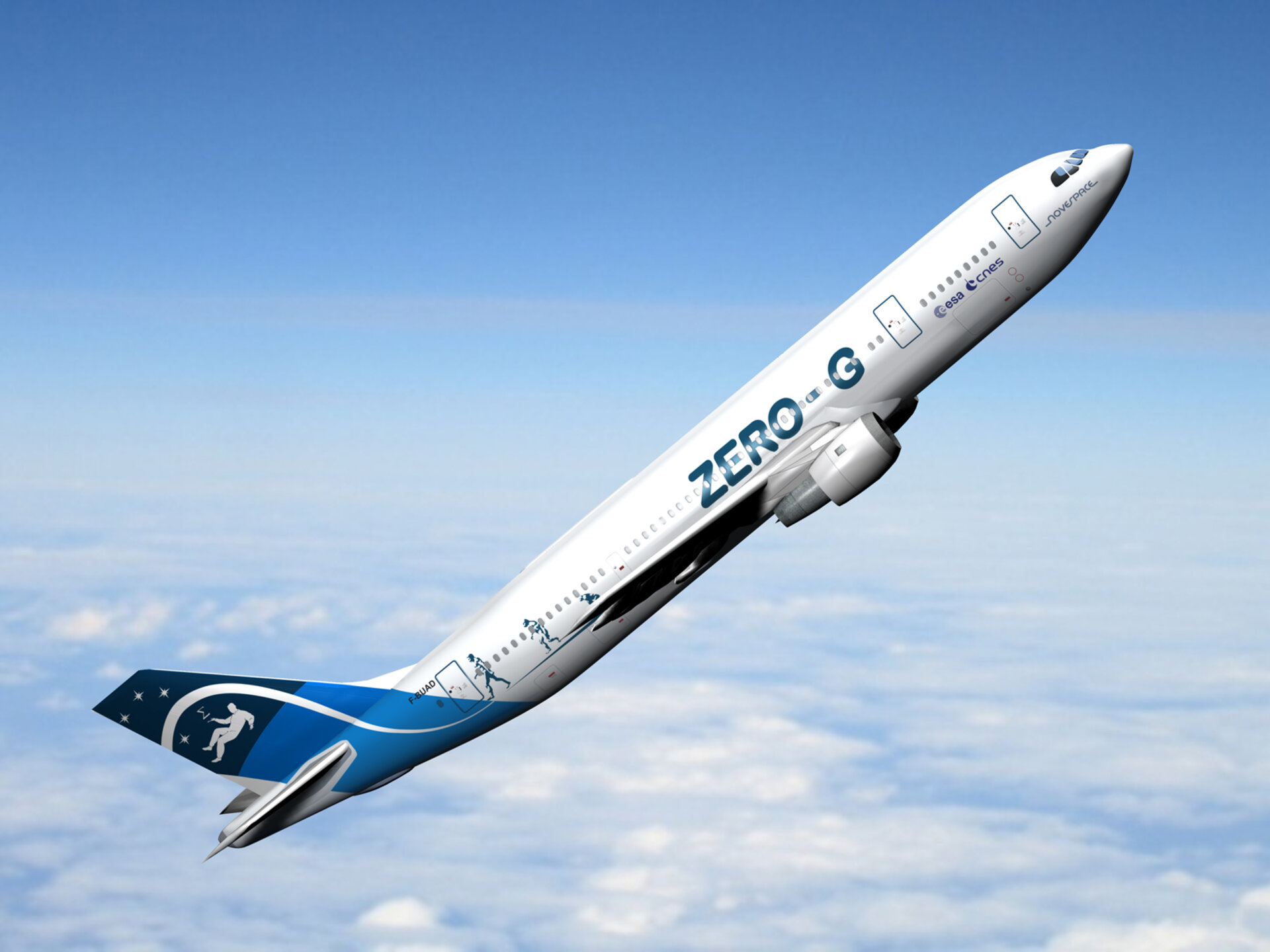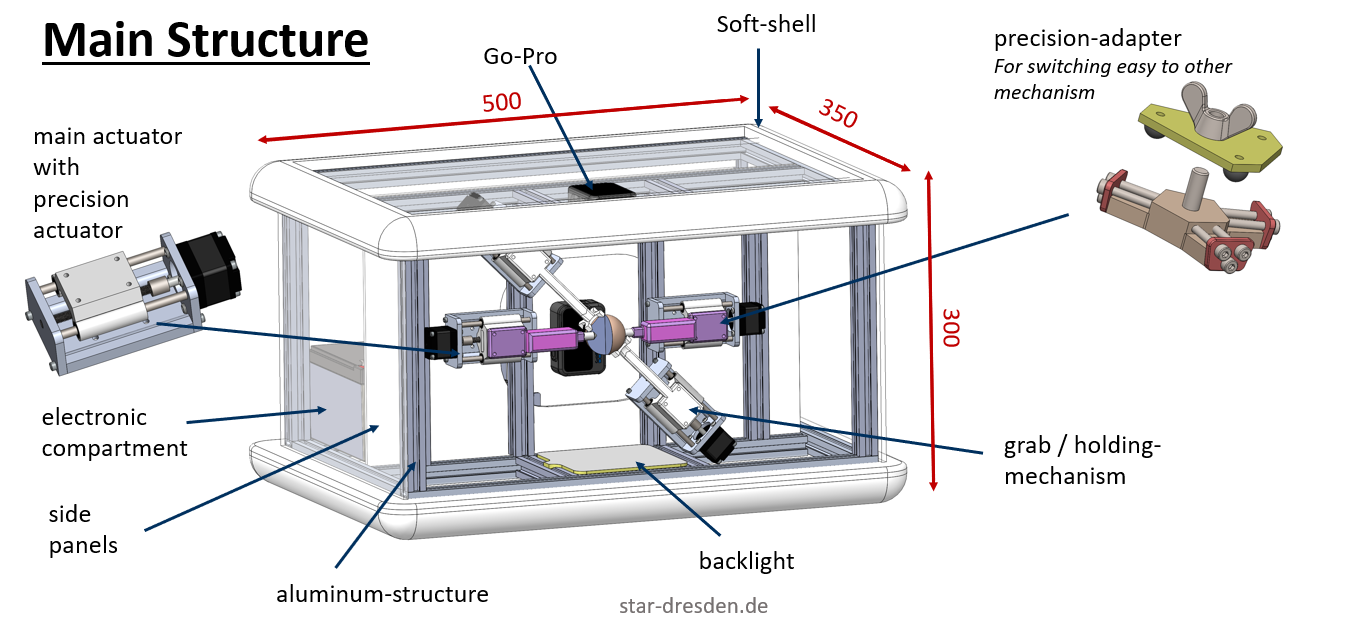Inertial reference sensors play an essential role in gravity and gravitational wave research. These sensors comprise test masses are that released and float freely inside the satellite.
The inertial sensor test bed (IRTEBE) is a proposed free-floating experiment to demonstrate the feasibility of experiments using a microgravity platform, by demonstrating capture, position-sensing and low-impulse in general, and for spherical bodies for next-gen inertial reference sensors in particular.

(Img: ESA)

The experiment follows various goals, such as establishing of parabolic flights as a suitable platform as test bed for precision inertial reference sensor. A further goal is then to validate different concepts for novel types sensors, such as release and recapture of a freely-floating test mass.

The science behind
Future gravitational wave missions (such as the Laser interferometer space antenna – LISA) and gravity research missions (GRACE, GOCE) measure accelerations of unprecedented levels.
LISA measures gravitational waves (ripples in spacetime) by observing the distance between freely-floating test masses which are 2.5 million kilometers apart, by measuring changes in distance down to single picometers (one millionth millionth meter) using laser interferometry. The inertial reference sensor which comprises the test mass, for LISA a cuboid of 40 mm, is essential for the mission performance.
The PETRI programme
The PETRI programme (previously „fly your thesis“) is an educational program offered by ESA to students of eligible member countries, which allows us to perform our experiments under microgravity conditions. The program offers various platforms (sounding rocket, drop towers, centrifuge and space station).
The team
| Georg | ||
| Florian | ||
| Felix | ||
| Julius | ||
| Alexander |
Are you interested? Follow up on us or join the team!
Contact: Georg Kretschmer